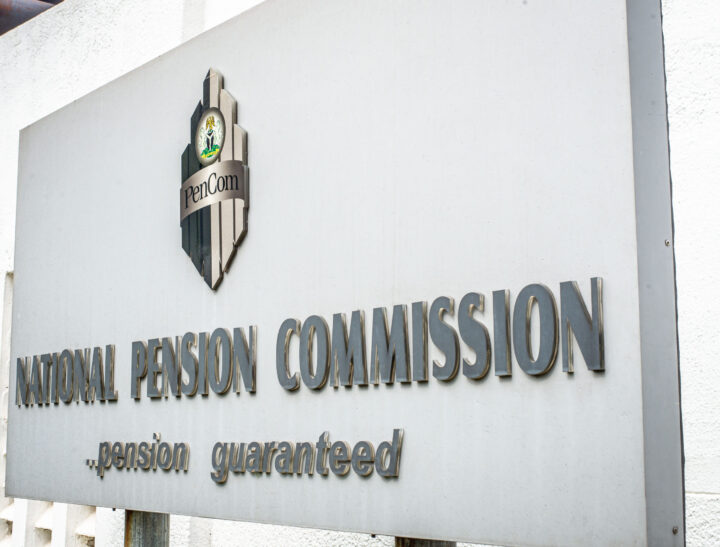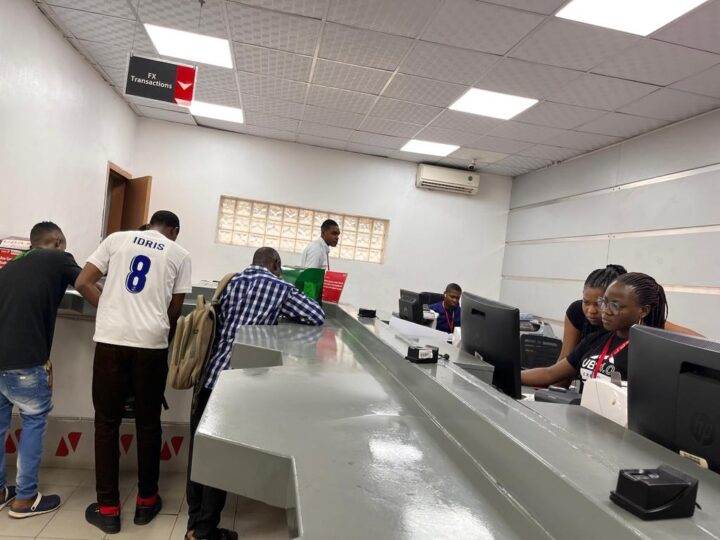The contributory pension scheme (CPS) is a sustainable pension system that provides a stable, timely and predictable retirement income for employees.
The CPS was the outcome of reforms in the pension sector initiated by the federal government of Nigeria (FGN) in 2004.
Stakeholders have adjudged the implementation of the CPS in Nigeria a success. However, there is room for improvement of the quantum of retirement benefits due to retirees, especially in the public sector.
It is vital to state that the CPS provides a comprehensive framework that allows employees to plan and save towards pensions. Accordingly, there are several models recognised by the Pension Reform Act 2014 (PRA 2014) to increase the pensions of employees, which are described hereunder:
Advertisement
UPWARD REVIEW OF EMPLOYER’S 10 PERCENT CONTRIBUTION
The PRA 2014 provides a minimum of 18 percent of the employee’s monthly emolument to be deducted and paid by the employer to the retirement savings account (RSA) opened by the employee. The 18 percent contribution rate stipulated under Section 4(1) of the PRA 2014 is only a legal minimum and is shared between the employer and the employee in the ratio of 10 percent and 8 percent , respectively. The two parties can increase the rate of pension contributions through a collective agreement between them, which will improve employees’ pensions when they retire. An employer may elect to bear the entire burden of pension contributions for its employees, and in doing so, the employer is not limited to the statutory minimum of 10 percent. However, this must be subject to meeting the minimum contribution rate of 18 percent.
Furthermore, the CPS accommodates voluntary contributions (VCs) from employees to boost retirement savings. An employee may choose to contribute above the 8 percent minimum pension contribution as stipulated by the PRA 2014.
Advertisement
PAYMENT OF ADDITIONAL BENEFITS TO EMPLOYEES
The PRA 2014 provides that notwithstanding the pension contributions made by the employer and employee into the employee’s RSA, “an employer may agree on the payment of additional benefits to the employee upon retirement”. Accordingly,PenCom issued the Framework for the Establishment of Additional Benefits Schemes(ABS) under the CPS. Through the ABS, employers can provide enhanced retirement benefits, including gratuity payments, to their employees. This means that employers have the flexibility to offer additional severance benefits beyond the stipulated mandatory retirement benefits, depending on the terms of employment, affordability, and collective bargaining.
An employee may also choose to make Additional Voluntary Contribution (AVC) into the RSA to boost pension savings. To make AVC, all you need to do is inform your employer to make the necessary deductions from your monthly salary.
IMPLEMENTATION OF PENSION INCREASES FOR CPS PARTICIPANTS
Advertisement
Since 2007 to date, there have been several increases in pensions of FGN retirees under the Defined Benefits Scheme (DBS). These increases are also applicable to retirees under the CPS. Section 15(4) of the 1999 Constitution (as amended) and the PRA 2014 provide, amongst other things, that the accrued pension rights and entitlements of employees of the Public Service of the Federation shall be reviewed by the FGN from time to time. This means that the right to pension increment applies to retirees under the CPS on their Accrued Pension Rights portion of the retirement benefits. While the FGN had released funds for the settlement of pension increases to retirees under DBS, the FGN has is yet to provide funds to pay pension increases for eligible retirees under the CPS. Implementing pension increases would substantially address the issue of low pensions for FGN retirees under the CPS.
SELECTING AN INVESTMENT FUND
The choice of the Investment Fund is also a strategy to enhance retirement benefits. Employees have the right to choose from the Multi-Fund Structure. For instance, an employee, who is below 50 years may choose to move from the default Fund II to the aggressive Fund I in order to boost their RSA balance. Also, depending on risk appetite, contributors who are 50 years and above in Fund III are allowed to move to Fund II by making a formal request to the PFA if they wish to boost their RSA balance due to high, expectedreturn on investment.
In conclusion, the pension sector reform must be kept on track and expanded through the diligent implementation of the CPS. As highlighted already, various options are available to employers and employees to improve the adequacy of pensions for retirees, especially those in public service who are disproportionately affected by low pay.
Advertisement
Providing additional retirement benefits can have several benefits for both employers and employees. It can attract and retain talent, enhance employee morale and loyalty and improve an organisation’s productivity.
Advertisement






